Mulch vs. Bark Dust: Which Is Better for Your Landscape?
In the world of landscaping, the choice between mulch and bark dust can significantly impact the aesthetics, health, and maintenance of your garden. This article will delve into the characteristics, benefits, and drawbacks of each option to help you make an informed decision for your landscaping needs. Choosing the right ground cover is not merely about personal preference; it combines scientific understanding of soil health, plant needs, and environmental considerations. By weighing the advantages and disadvantages comprehensively, you can enhance the vitality and visual appeal of your garden. Read on to discover which option aligns best with your landscaping objectives.
Understanding Mulch
Definition and Types of Mulch
Mulch is a protective layer of organic or inorganic material spread on top of the soil. Common types of mulch provided by a mulch expert include wood chips, straw, grass clippings, compost, and even rubber or plastic mulch. Each type has its own unique properties that can affect its suitability for different gardening needs. Unlike bark dust, mulch can include a wide variety of materials, making it more versatile. By choosing the right type of mulch, you can cater to your garden's specific needs more effectively.
Benefits of Using Mulch
One of the main benefits of mulch is its ability to retain soil moisture. By reducing water evaporation, mulch helps maintain consistent soil hydration levels, crucial for plant health. Additionally, mulch acts as an insulator, keeping soil temperatures stable, which is particularly important during extreme weather conditions. Organic mulches that you can find from a mulch expert also break down over time, adding valuable nutrients to the soil. This decomposition process further aids in improving soil health and enhancing plant growth. With the breakdown of the mulch, it's important to remember that it does need to be replaced to continue adding more nutrients to the soil over time. Another benefit is that many kinds of mulch can come in multiple colors as well!
Drawbacks of Mulch Application
While mulch offers numerous benefits, it also comes with its share of drawbacks. Over-mulching can lead to excessive moisture retention, creating a breeding ground for root rot and fungal diseases. Inorganic mulches, such as rubber and plastic, do not decompose and may introduce harmful chemicals into the soil. Furthermore, mulch can attract certain pests, including termites and rodents. Improper application can also lead to mulch "volcanoes" where mulch is piled up against the plant stems, causing fungal growth and other issues.
Common Misconceptions About Mulch
One common misconception about mulch is that it can solve all soil-related problems. However, mulch is part of a broader soil management strategy and should be used in conjunction with other practices like fertilization and irrigation. Another myth is that all mulches are created equal; different materials offer varying benefits and drawbacks. Some people also believe that more mulch is better, which is not necessarily true. Over-mulching can create several issues, hence moderation is key.
Understanding Bark Dust
Definition and Types of Bark Dust
Bark dust is a type of mulch made from finely shredded tree bark, and it is usually provided by a mulch expert. Common sources include fir, pine, and spruce trees. Unlike regular mulch, bark dust typically has a uniform appearance and texture. According to the Mulch and Soil Council, bark dust must contain 15% or less interior xylem wood content. This ensures a higher quality product that is less likely to harbor diseases and pests.
Benefits of Using Bark Dust
Bark dust is particularly effective at suppressing weeds due to its dense and compact nature. This characteristic makes it a popular choice for areas where weed management is a primary concern. Additionally, bark dust provides excellent soil moisture retention and reduces erosion when applied appropriately by a mulch expert. It also offers aesthetic benefits, giving landscapes a clean and polished appearance. Its uniform texture and color make it a popular choice for high-visibility areas like front yards and commercial landscapes.
Drawbacks of Bark Dust Application
One drawback of bark dust is that it can become compacted over time, reducing its effectiveness at moisture retention and soil aeration. This can also make it harder for water to penetrate the soil, affecting plant health. Additionally, bark dust can be more expensive than other types of mulch. Its uniform texture may not suit all landscaping styles, limiting its applicability in diverse garden settings. Lastly, it may require more frequent replenishment compared to other mulches, adding to its long-term maintenance costs.
Common Misconceptions About Bark Dust
A common misconception is that bark dust is detrimental to soil health. In reality, when used correctly, it can improve soil moisture levels and suppress weeds. Another myth is that bark dust is only for decorative purposes. While it does enhance aesthetics, it also offers functional benefits such as reducing soil erosion. Some people believe that bark dust requires less maintenance than other mulches, which is not necessarily true. Regular monitoring and replenishment are key to maintaining its effectiveness.
Comparative Analysis
Nutritional Value for Plants
Mulch generally offers more nutritional value for plants compared to bark dust. As organic mulch decomposes, it adds valuable nutrients to the soil, improving its fertility and structure. Bark dust, especially when made to meet the Mulch and Soil Council’s standards, is less likely to break down quickly and therefore adds fewer nutrients to the soil. The nutrient content in mulch can vary depending on the type, with composted mulch offering the highest benefits. This difference makes mulch a better option for gardens focusing on plant health and growth.
Soil Moisture Retention
Both mulch and bark dust excel in retaining soil moisture, but they differ in their mechanisms. Mulch, with its varied texture, creates a more porous layer that allows water to pass through while retaining moisture in the soil. Bark dust, on the other hand, forms a more compact layer that can retain moisture on the surface, slowing down evaporation. However, if the bark dust layer becomes too compacted, it can hinder water penetration, affecting soil moisture levels. Therefore, choosing between the two depends on your soil type and specific moisture retention needs.
Weed Suppression
Weed suppression is a critical factor when choosing between mulch and bark dust. Bark dust is generally more effective at weed suppression due to its compact, dense nature. Mulch can also suppress weeds, but its effectiveness depends on the type and thickness of the layer applied. Organic mulches, such as straw or grass clippings, may not be as effective against weeds as bark dust or wood chips. Therefore, for high-weed areas, bark dust could be the better option.
Both mulch and bark dust offer unique benefits and drawbacks depending on your specific landscaping needs. By understanding the characteristics of each type of mulch, you can make a well-informed decision that best suits your garden's requirements. Consider consulting with landscaping experts to tailor your choice to your local conditions and personal preferences. Whether you opt for the nutrient-rich properties of mulch or the weed suppression capabilities of bark dust, the key is to apply and maintain them correctly. Your garden's health and aesthetics will benefit from this informed approach.
Are you looking for a
mulch expert who can help you determine what type of mulch is going to be in your best interest? Call Red Bark Inc, and we will help you with your mulching projects for both residential and commercial callers.


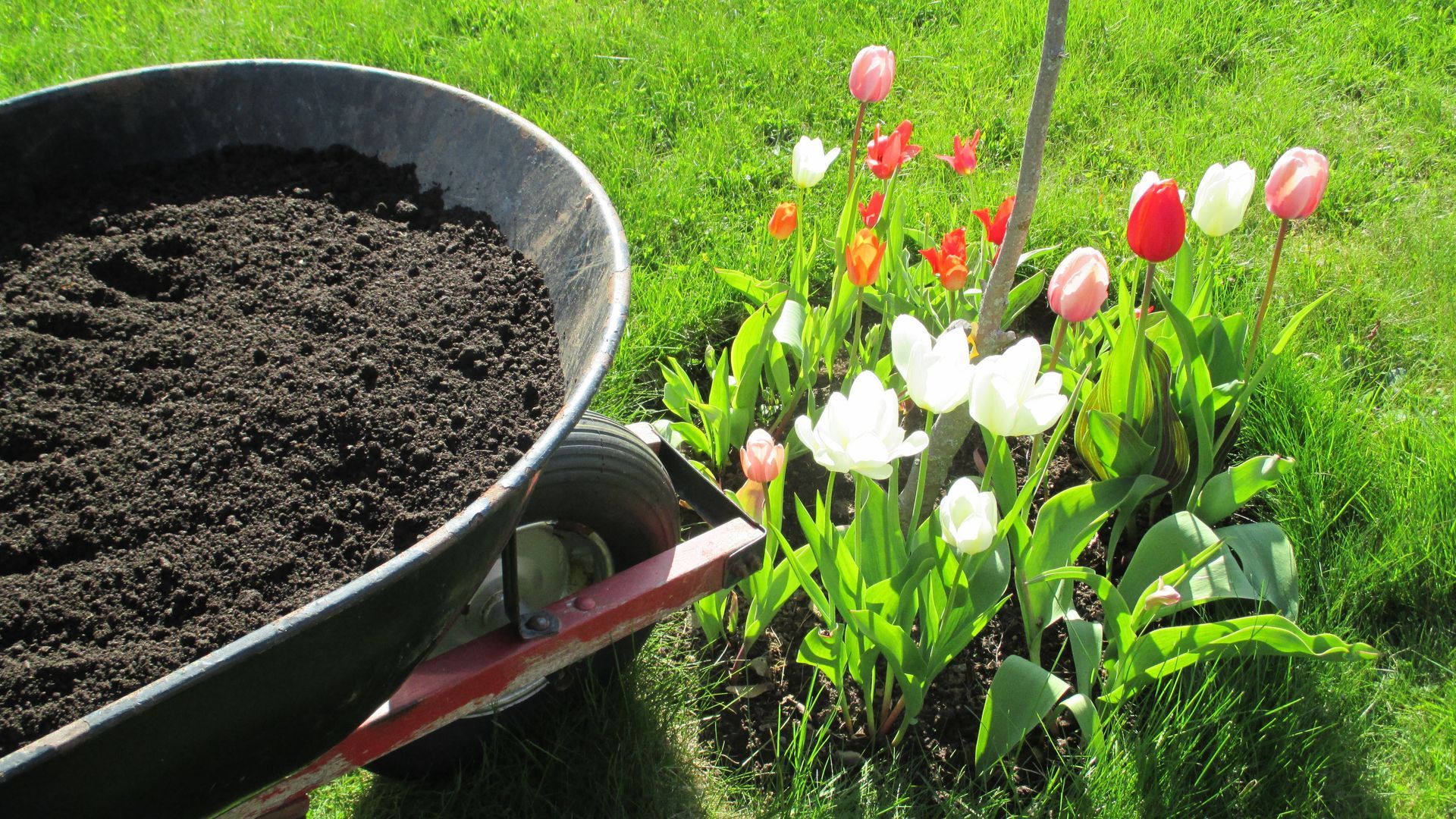
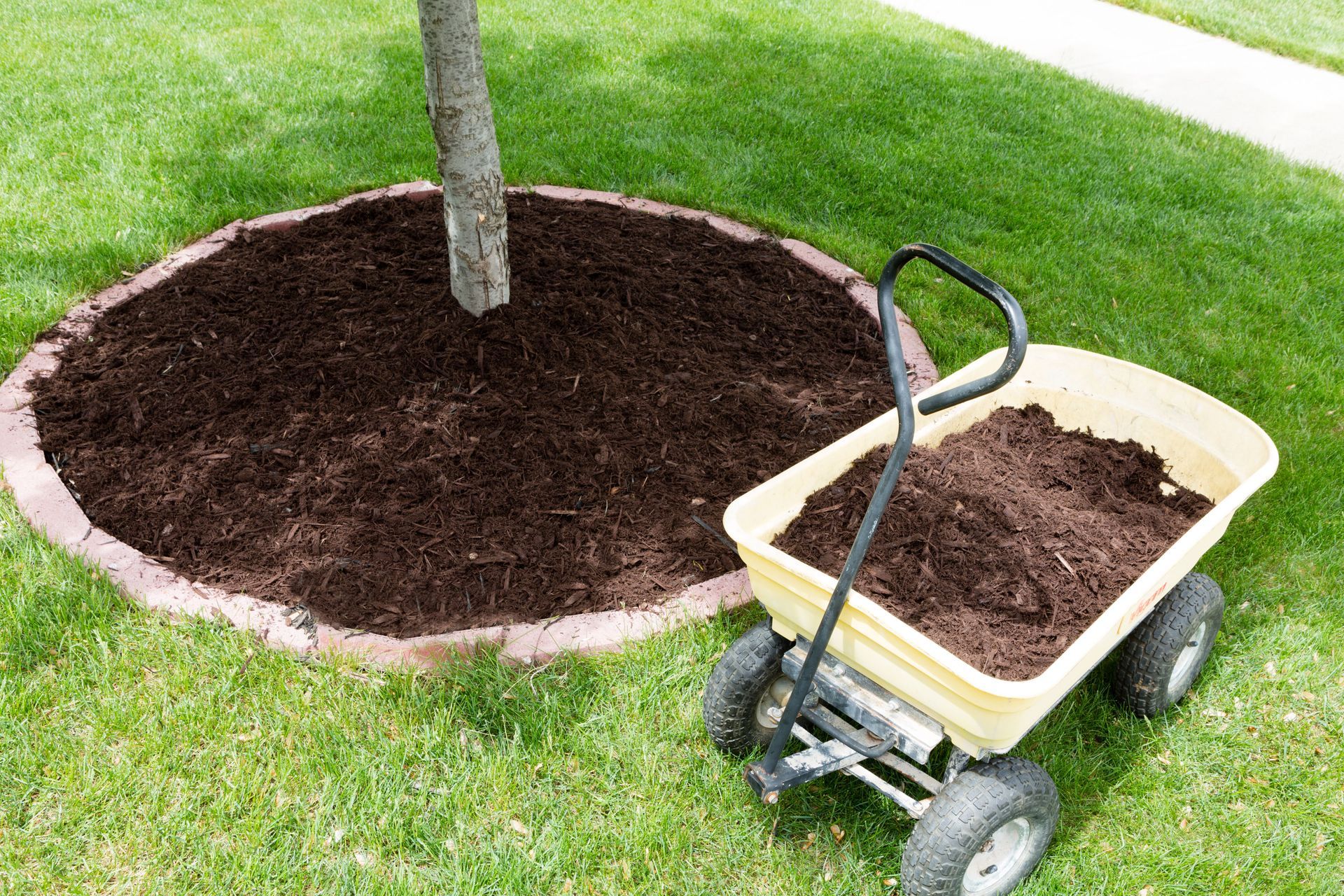
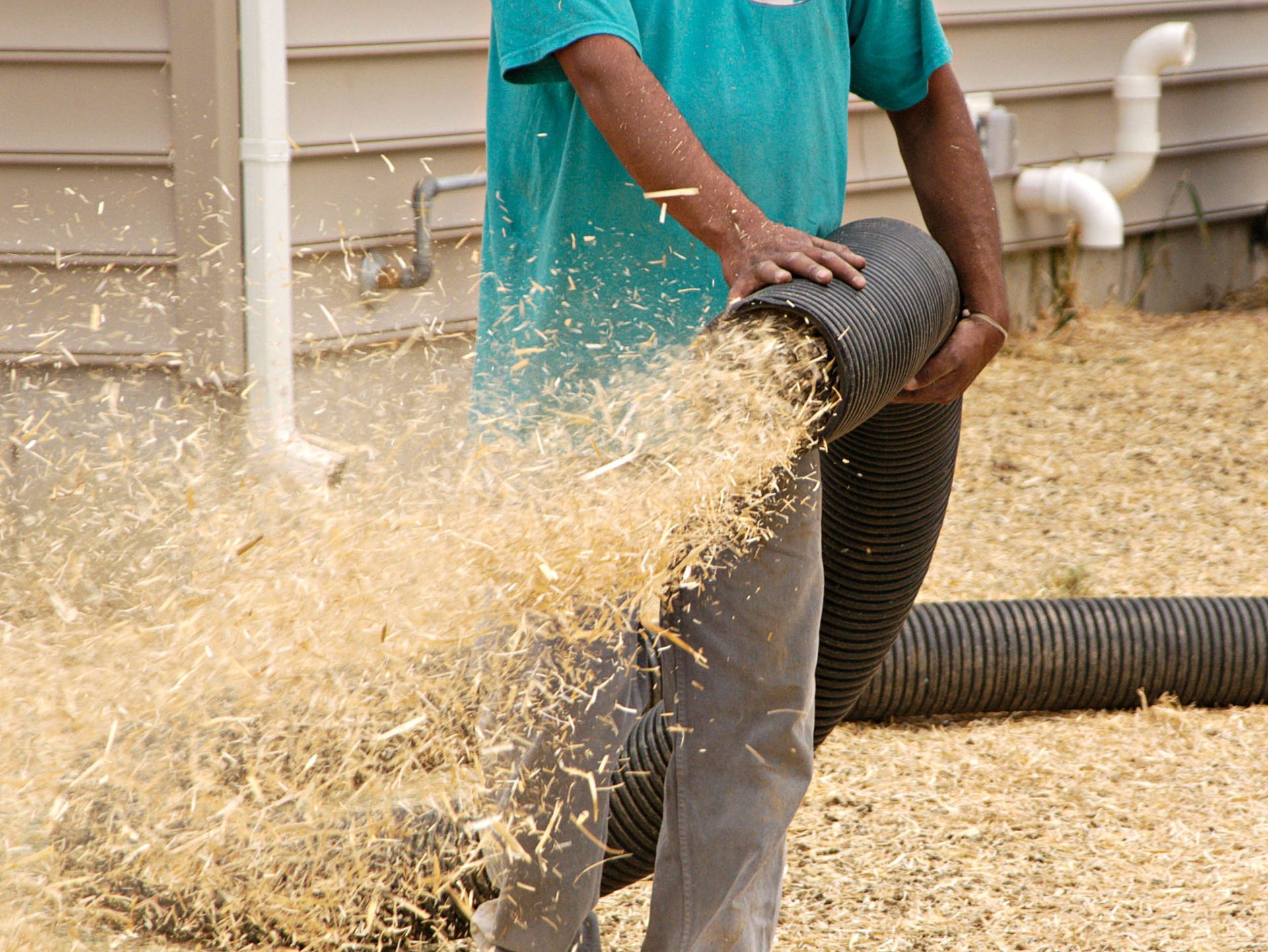
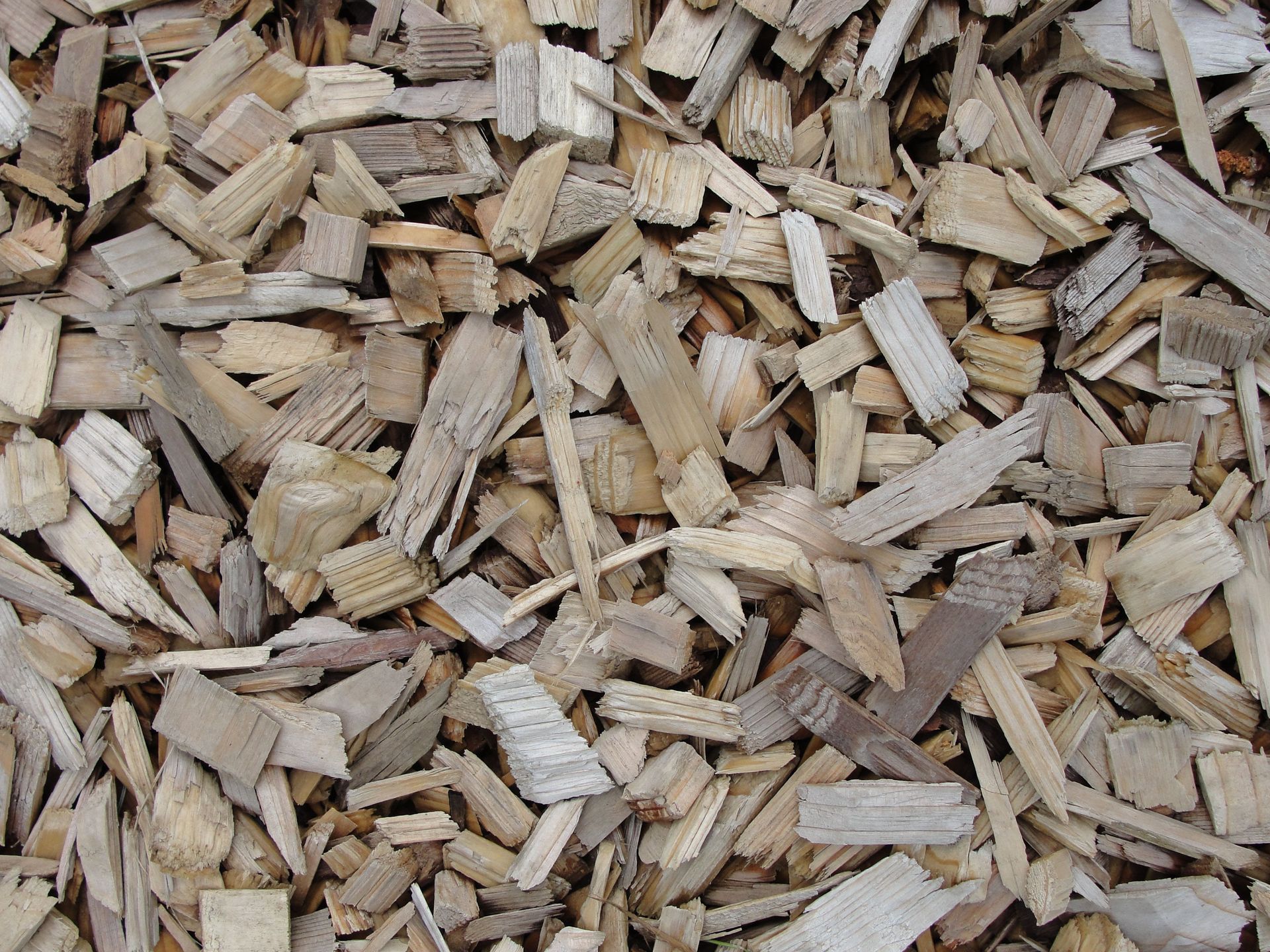
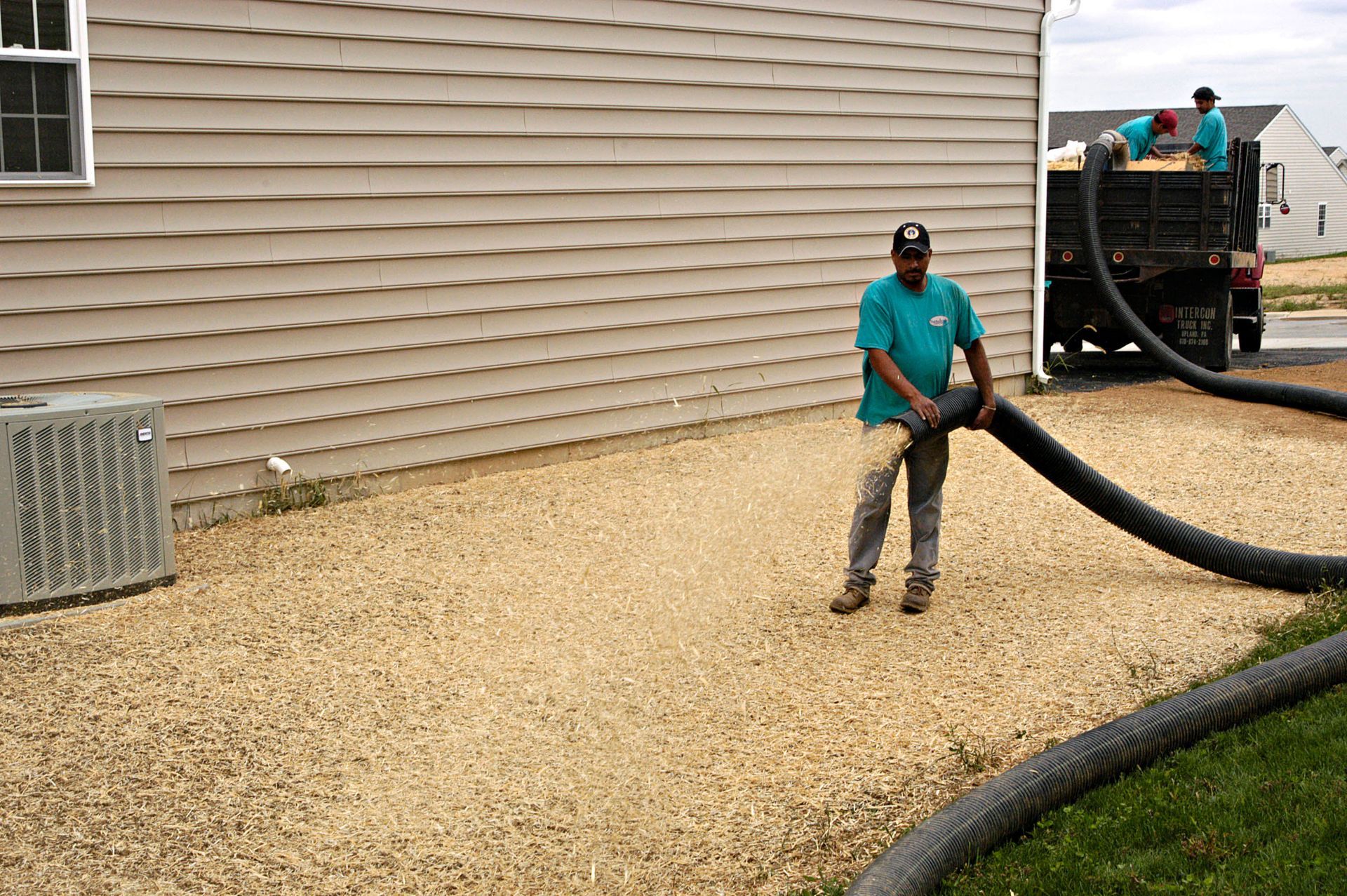
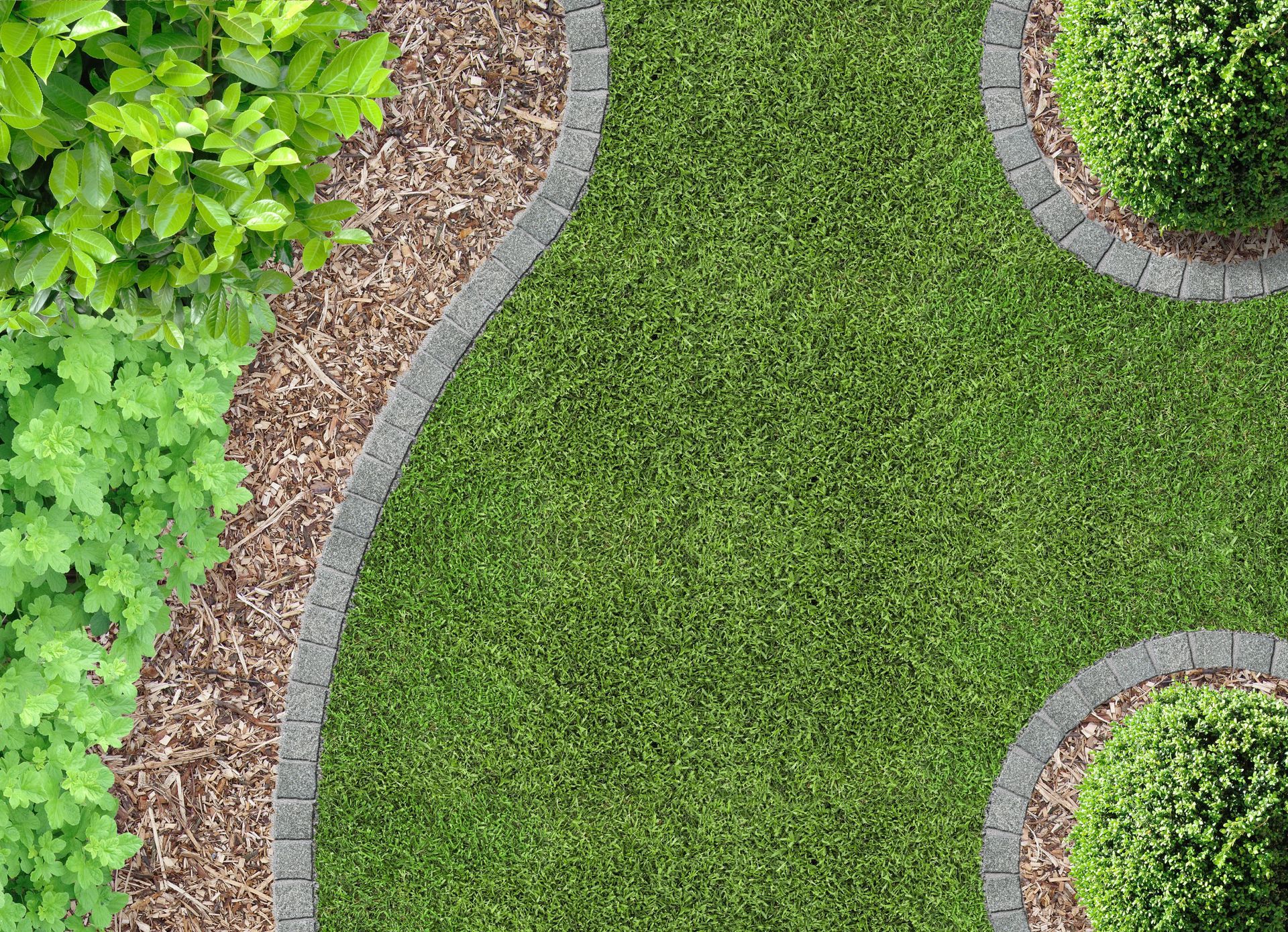
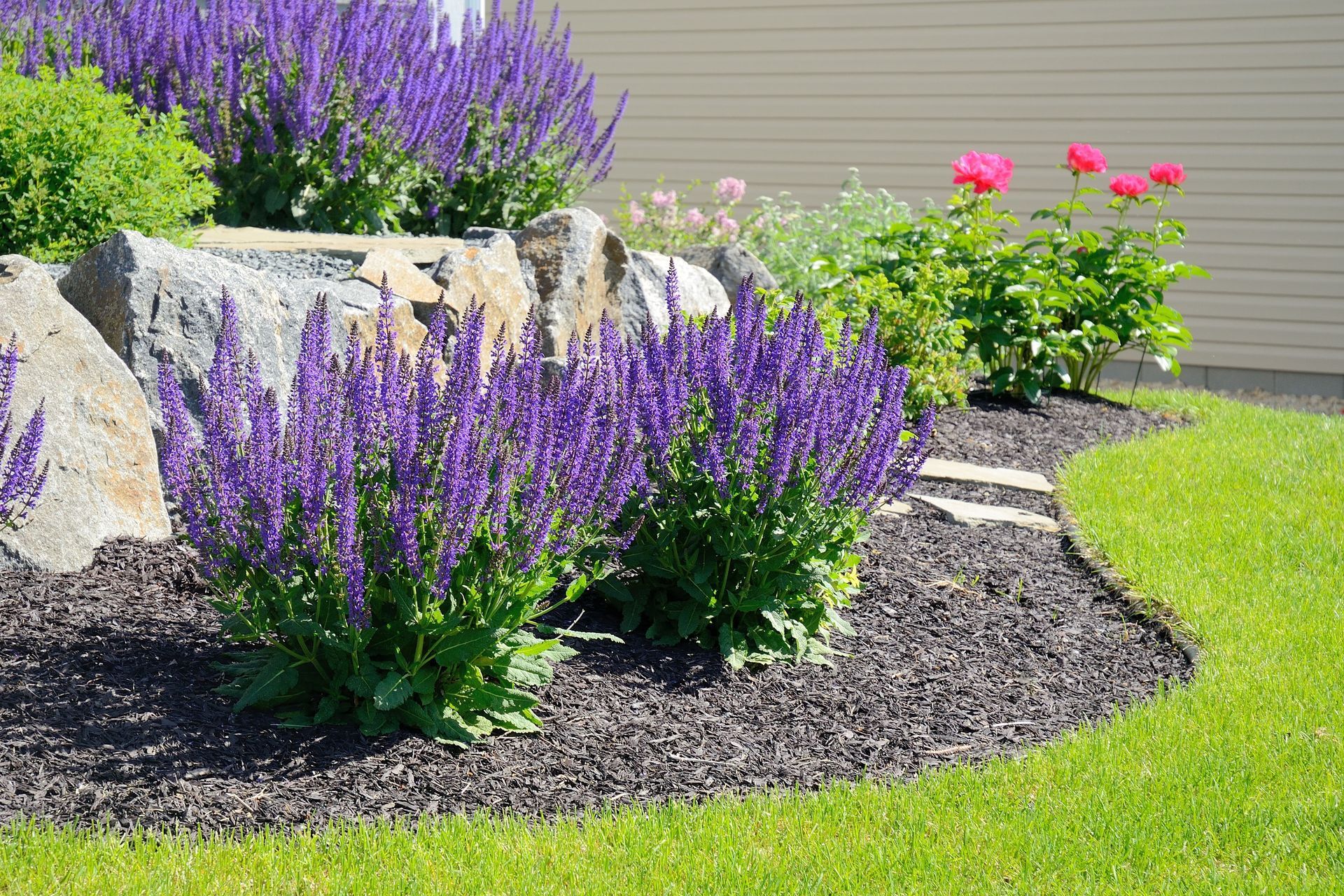
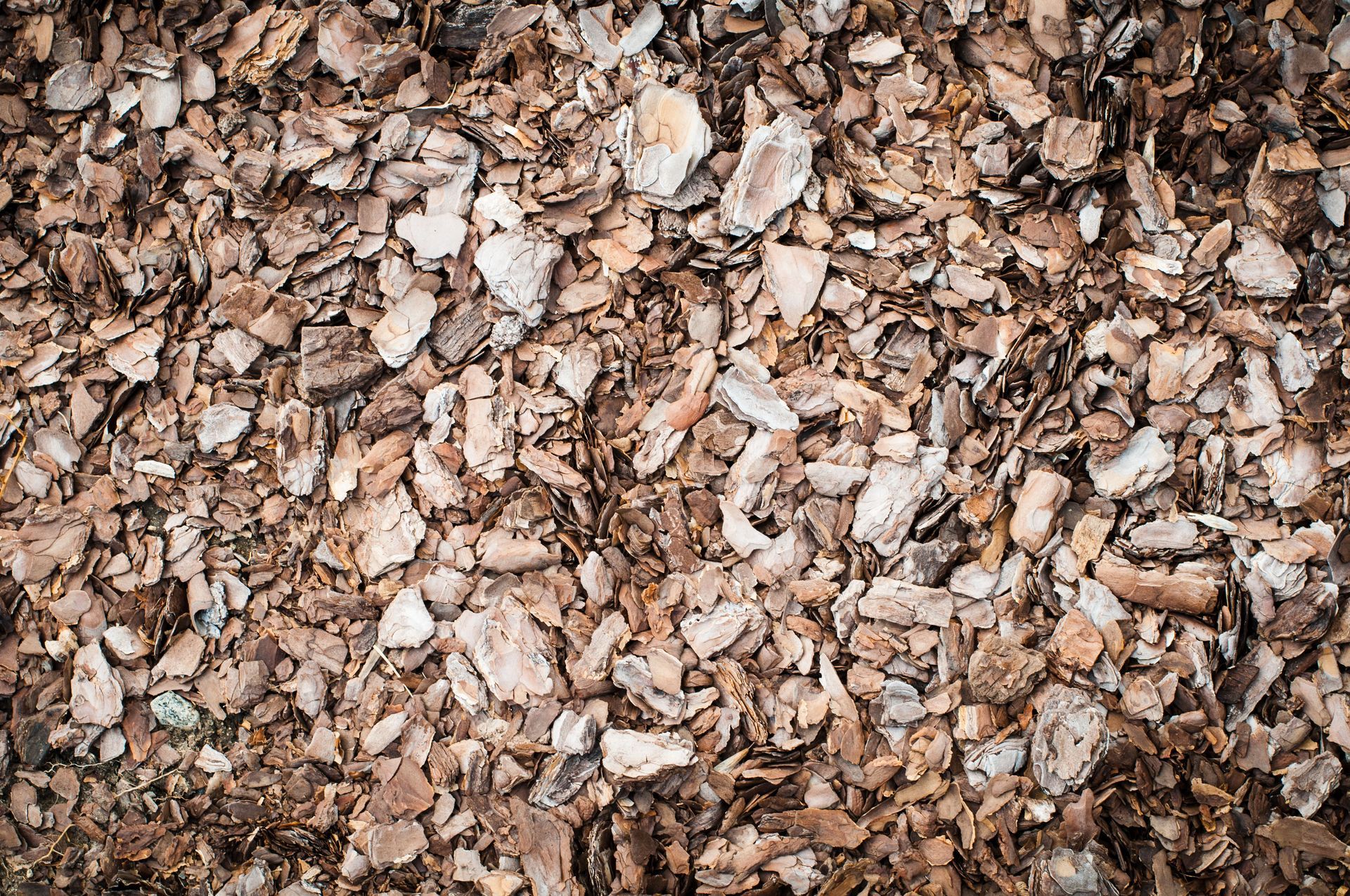
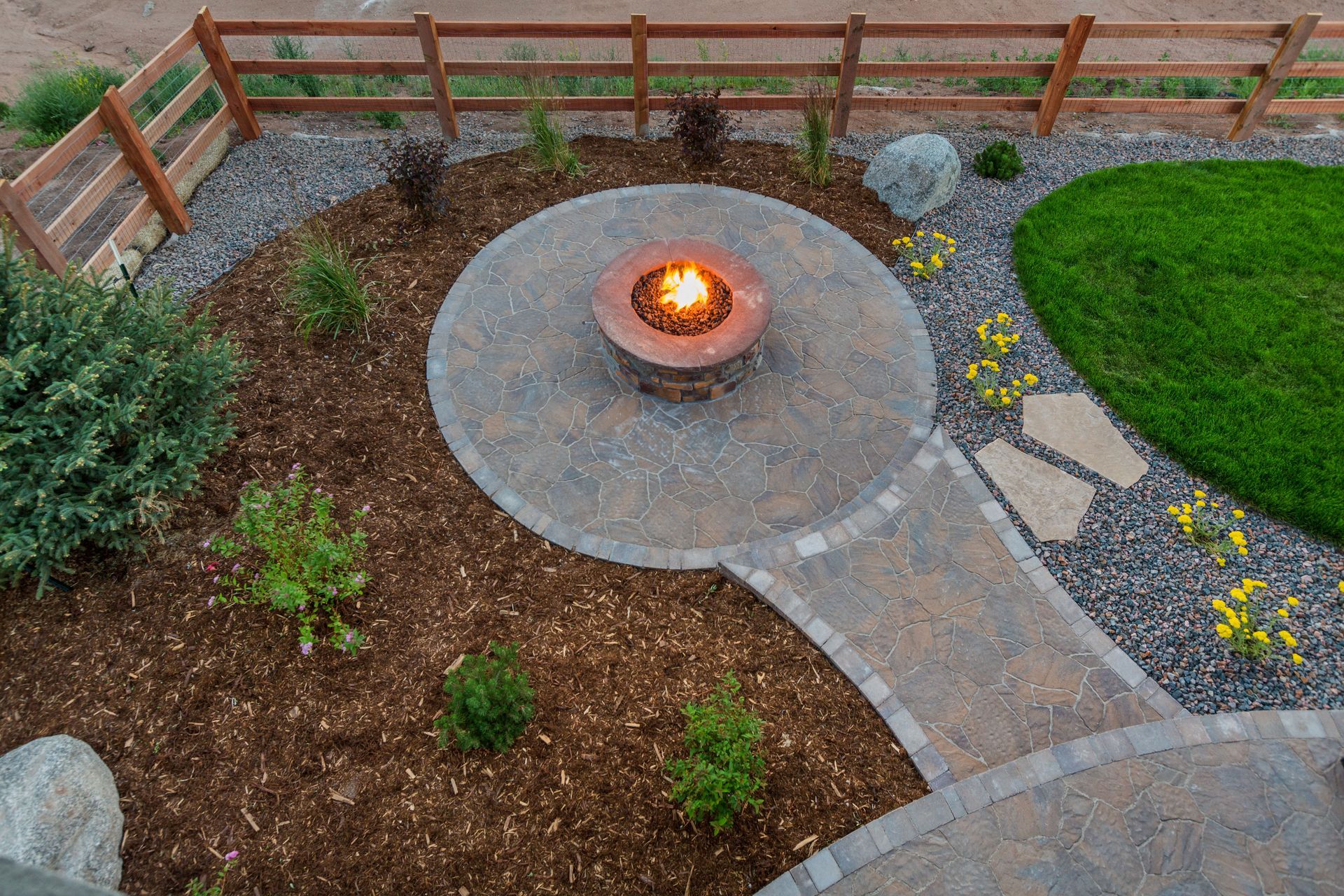
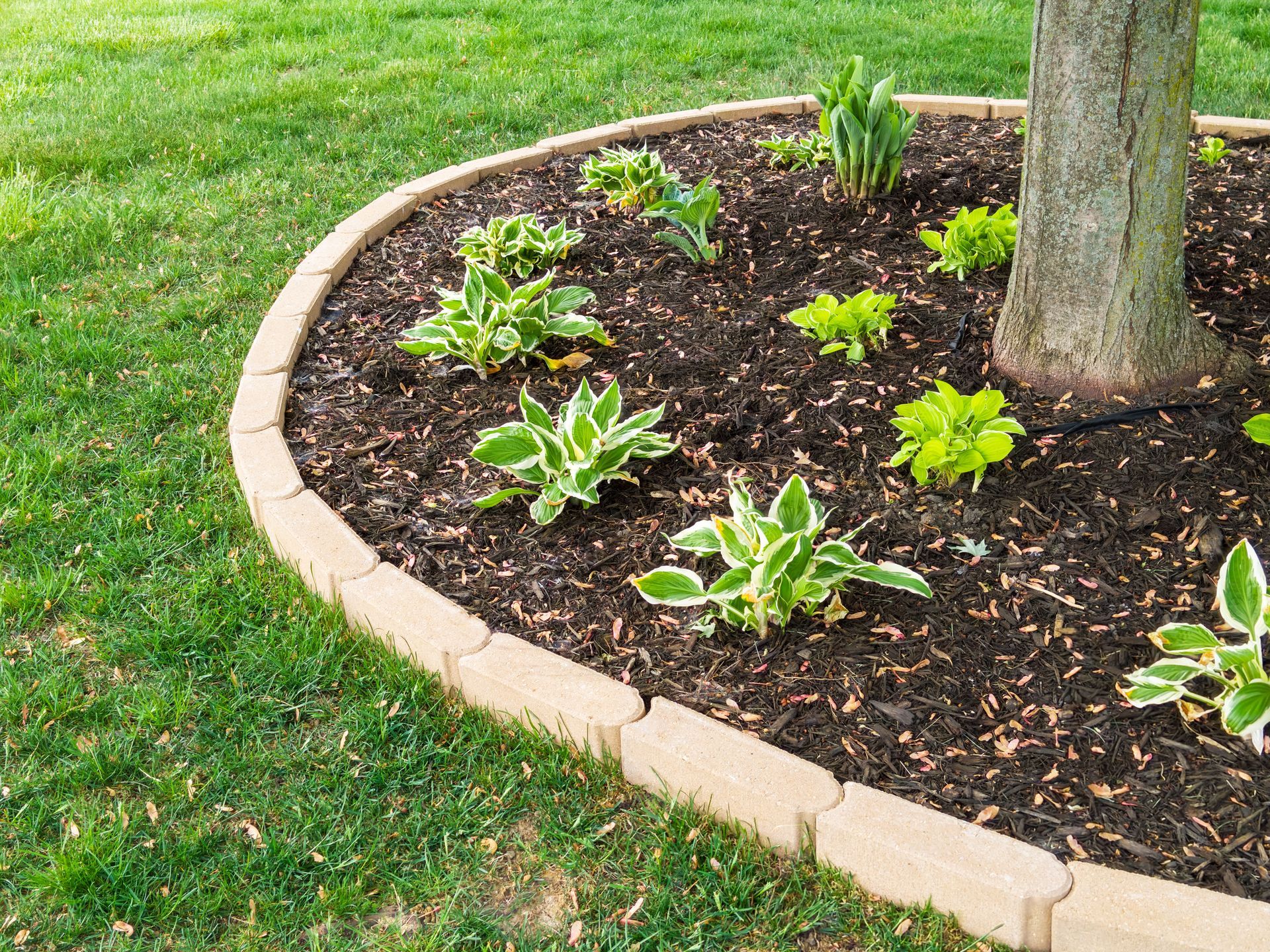
Share On: